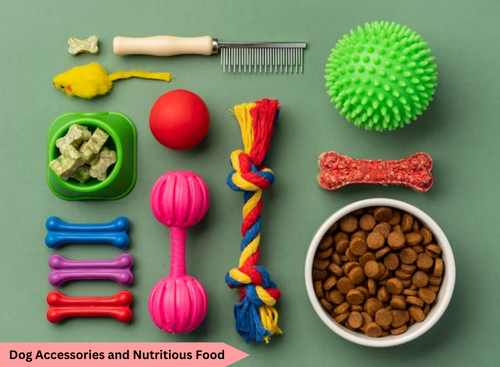Introduction
As pet owners, it is our responsibility to ensure the well-being and health of our feline friends. One crucial aspect of feline care is providing them with a balanced and nutritious diet. With a vast array of cat food and its products available in the market, choosing the right one for your furry companion can be overwhelming. This article aims to serve as a comprehensive guide to cat grooming products and tips for selecting the best product for your beloved cat.
Understanding the Nutritional Needs of Cats
Before diving into the world of cat food, it’s essential to understand the unique nutritional requirements of our feline friends. Cats are obligate carnivores, which means their diets must primarily consist of meat to thrive. Their bodies have specific dietary needs for protein, essential amino acids, vitamins, and minerals to maintain good health and prevent diseases.
Types of Cat Food
- Dry Cat Food (Kibble): This popular form of cat food is convenient, cost-effective, and has a long shelf life. It is best for free-feeding or cats that like to graze throughout the day. However, some cats may not drink enough water to compensate for the lack of moisture in dry food, potentially leading to urinary tract issues.
- Wet Cat Food (Canned): Canned cat food is a moisture-rich option that can help cats stay hydrated. It usually contains higher meat content and fewer carbohydrates than dry food, making it a closer match to a cat’s natural diet. However, it can be more expensive and less convenient for some pet owners.
- Semi-Moist Cat Food: This type of cat food comes in small packets and has a chewy texture. While cats may enjoy the taste and texture, it often contains higher levels of artificial preservatives and additives.
- Raw Cat Food: A growing trend, raw cat food attempts to mimic a cat’s natural diet in the wild. It typically consists of raw meat, organs, and bones. While proponents claim various health benefits, it requires careful handling to avoid contamination and ensure balanced nutrition.
Key Ingredients in Cat Food
- Protein Sources: High-quality animal protein is the foundation of a cat’s diet. Look for cat foods with named meat sources like chicken, turkey, salmon, or lamb. Avoid products with ambiguous terms like “meat by-products.”
- Fats and Essential Fatty Acids: Cats require fats for energy and to maintain healthy skin and coat. Omega-3 and Omega-6 fatty acids are essential for their overall well-being.
- Carbohydrates: While cats don’t need carbohydrates in large quantities, some cat foods contain them as fillers. Opt for products with easily digestible carbohydrates like rice or sweet potatoes.
- Vitamins and Minerals: Cat foods should be fortified with essential vitamins and minerals, ensuring a well-balanced diet.
Reading Cat Food Labels
Understanding how to read cat food labels is vital to making informed choices for your cat’s nutrition. Pay attention to the guaranteed analysis, ingredient list, and feeding guidelines. Look for products that meet the Association of American Feed Control Officials (AAFCO) standards.
Special Dietary Needs
- Kittens: Kittens have specific nutritional requirements for growth and development. Choose cat food formulated specifically for kittens, ensuring adequate protein and essential nutrients.
- Adult Cats: Adult cats require a balanced diet to maintain their health and energy levels. Look for products designed for adult cats with appropriate protein content.
- Senior Cats: As cats age, their dietary needs change. Senior cat food should focus on joint support, lower calorie content, and easily digestible ingredients.
Common Cat Food Allergens
Cats, like humans, can develop food allergies. Common allergens include certain protein sources like chicken or fish, grains like wheat or corn, and artificial additives. If your cat displays signs of allergies, consult your veterinarian to determine the cause and find suitable small cat food.
Conclusion
Providing your cat with a balanced and nutritious diet is vital to their overall health and well-being. Understanding the nutritional needs of cats and the different types of cat food available can help you make the best choice for your feline friend. Always consult with your veterinarian to ensure your cat’s specific dietary requirements are met and to address any concerns regarding their nutrition. With proper care and the right cat food, you can ensure that your beloved feline companion leads a happy and healthy life.








